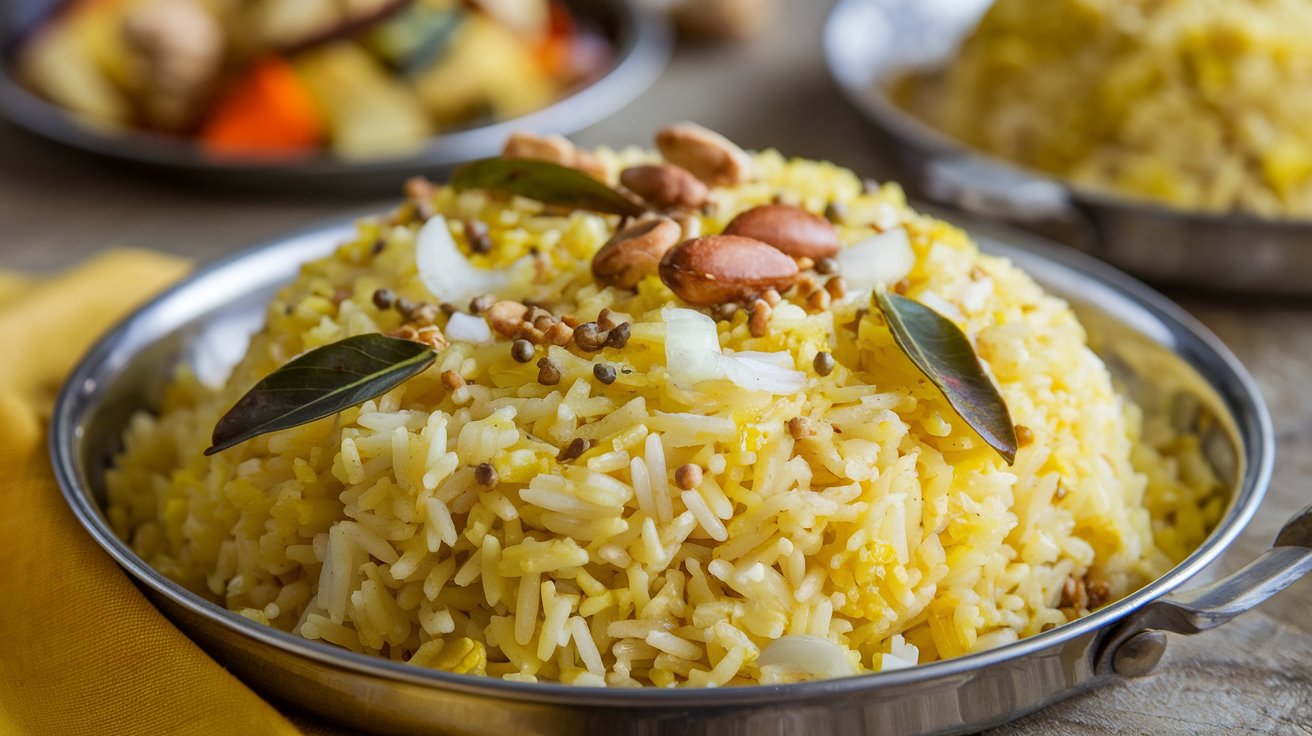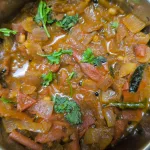

Join the Newsletter
Dive into quick, nutritious recipes, expert health tips, local food finds, and the latest in nutrition. Let’s explore healthier living together!
Delicious and Authentic Pongal Recipe: A Flavorful Celebration of South Indian Cuisine
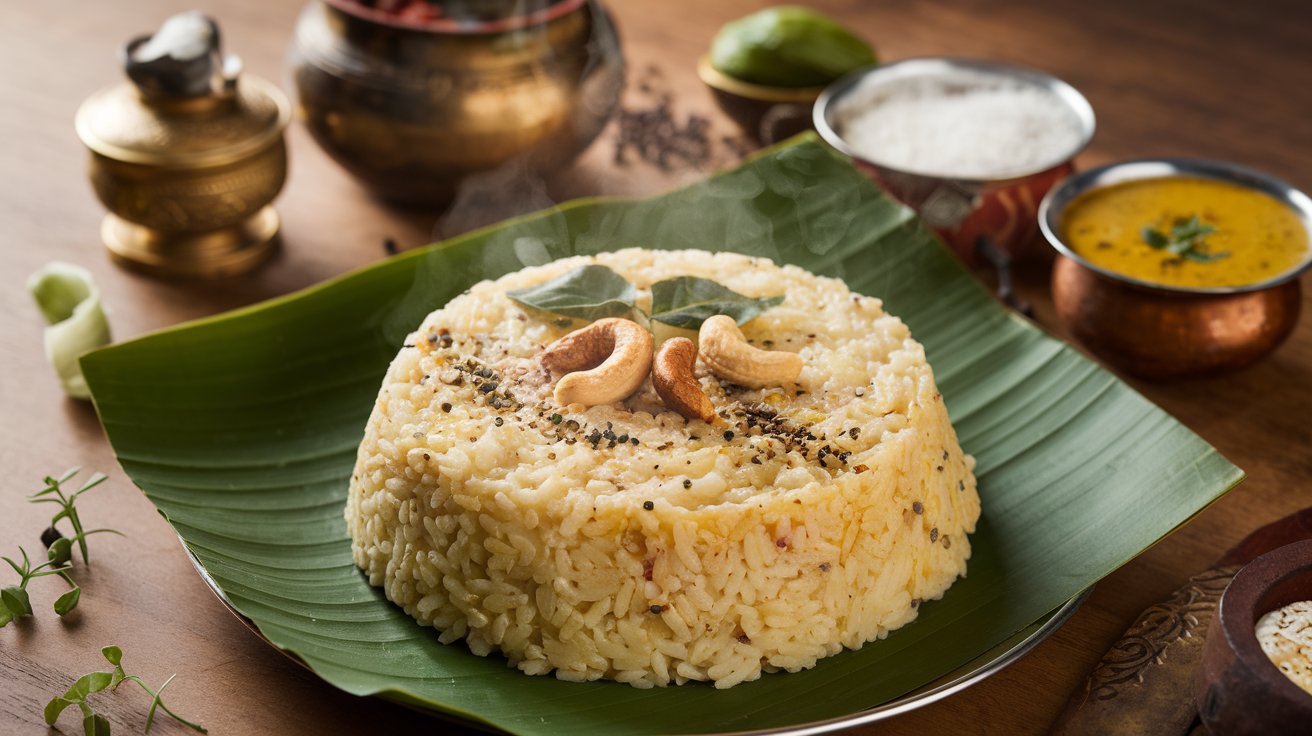
Affiliate Disclosure
Before reading this post, please be aware that some links in this article are affiliate links. This means that if you click on one of these links and make a purchase, we may earn a commission at no additional cost to you. We only promote products and services that we believe will be beneficial to our readers.
For more information, please read our full Affiliate Disclosure.
If you’re craving a taste of authentic South Indian cuisine, look no further than the delectable Pongal recipe. This traditional dish celebrates the region’s rich culinary heritage, bursting with flavor and made with simple yet wholesome ingredients. In this article, we present a straightforward recipe that is sure to delight your palate and take you on a flavorful journey through the bustling streets of Tamil Nadu. Prepare yourself for a delicious adventure as we take you through a detailed, step-by-step guide to crafting the ideal Pongal. By the end of this article, you’ll not only have the recipe at your fingertips but also a deeper appreciation for the culinary treasures of South India. Let’s get cooking!
Ingredients for a Delicious Pongal Recipe
- Moong dhal
- Rice
- Ghee
- Salt and Pepper
- Asafoetida Powder
- Ginger chopped
- Oil
- Cashew nut
- Whole Pepper
- Cumin seeds
- Curry leaves
Step-by-Step Guide to Cooking Pongal
Step 1: Fry moong dhal with ghee. Fry until it turns golden brown.
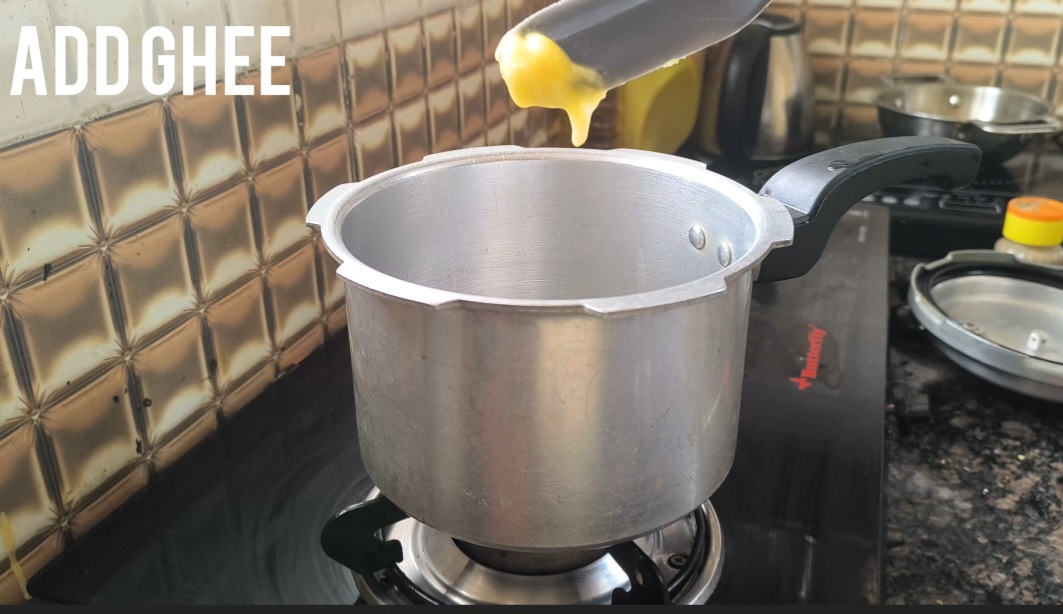
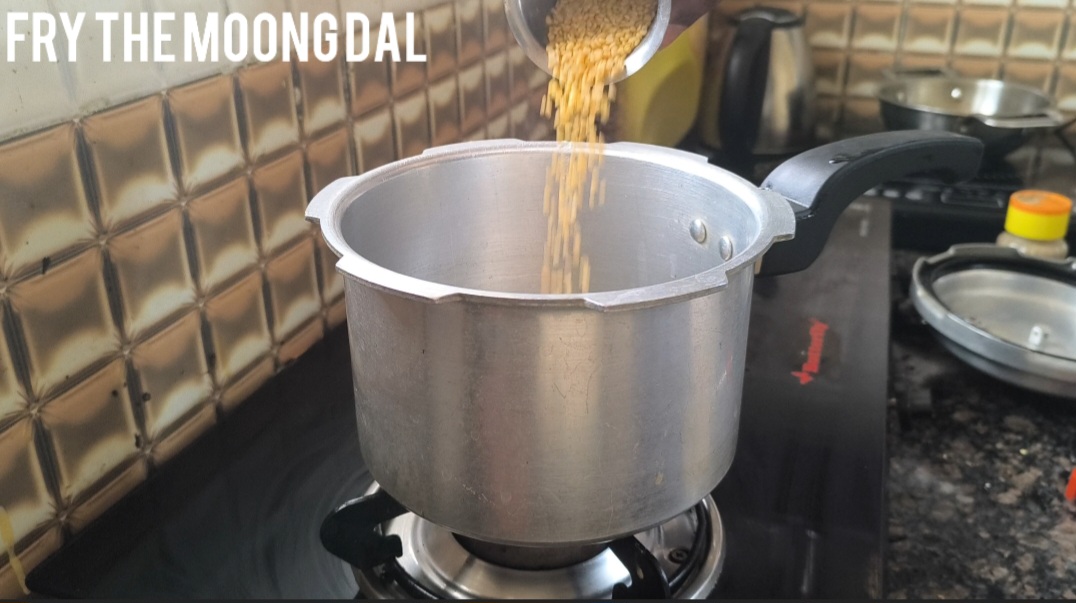
Step 2: After frying, pour ½ water for each cup of moong dhal into a cooker and cook until two whistles.
Step 3: Add rice to the same cooker. Then, pour three cups of water into each cup of rice.
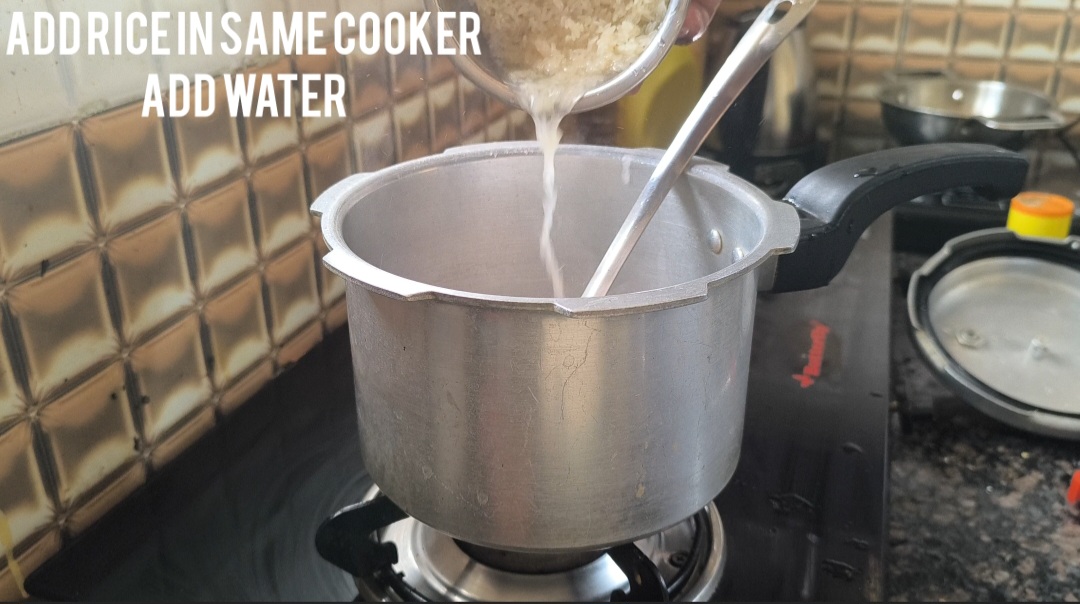
Step 4: Add salt, pepper powder, Asafoetida Powder, and chopped ginger to the cooker. Cook until the cooker gives three whistles. These items give flavor to our Pongal recipe.
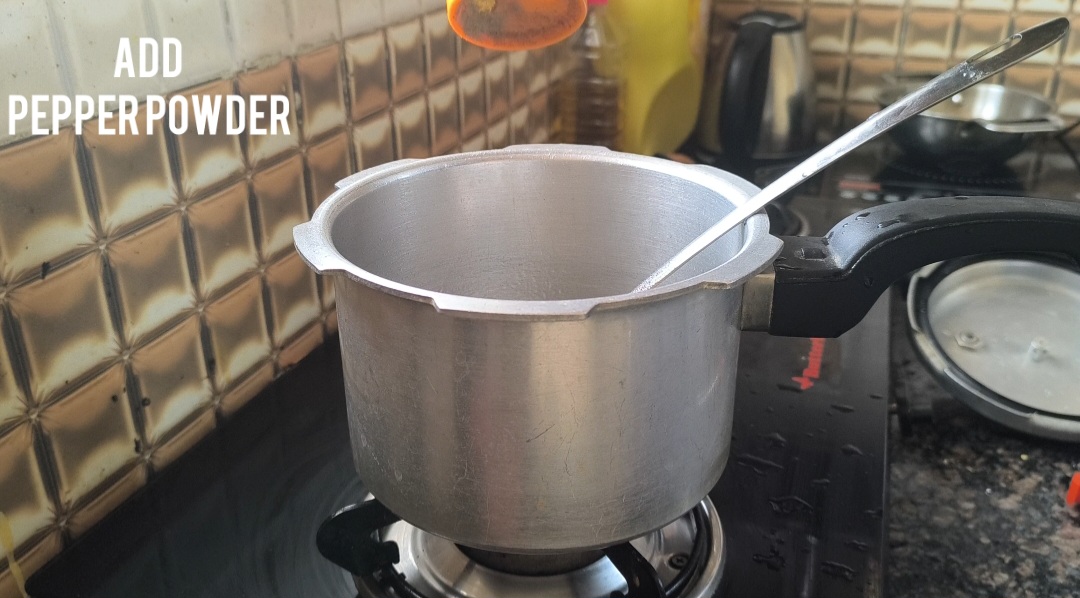
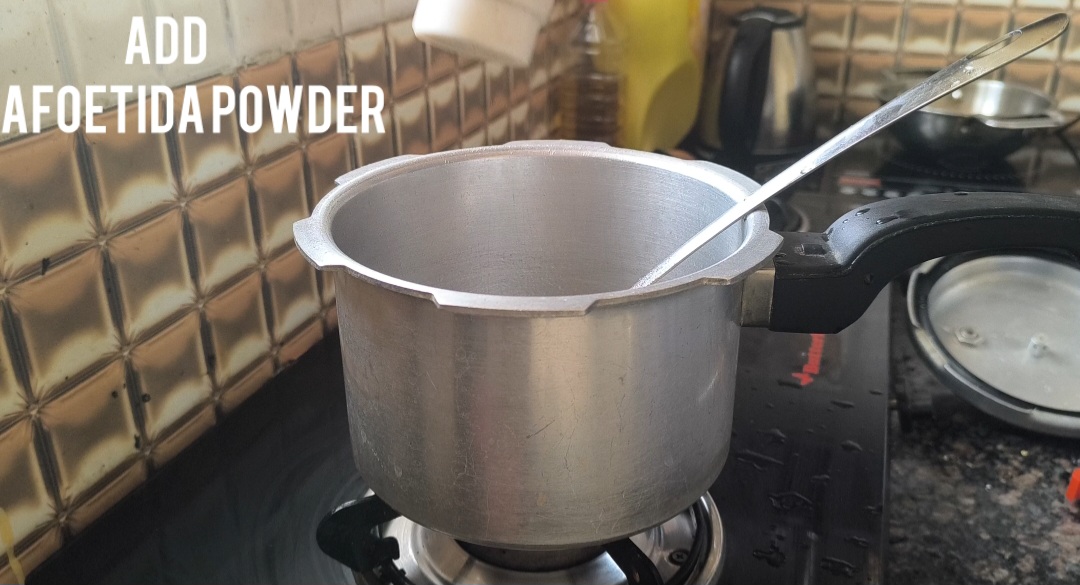
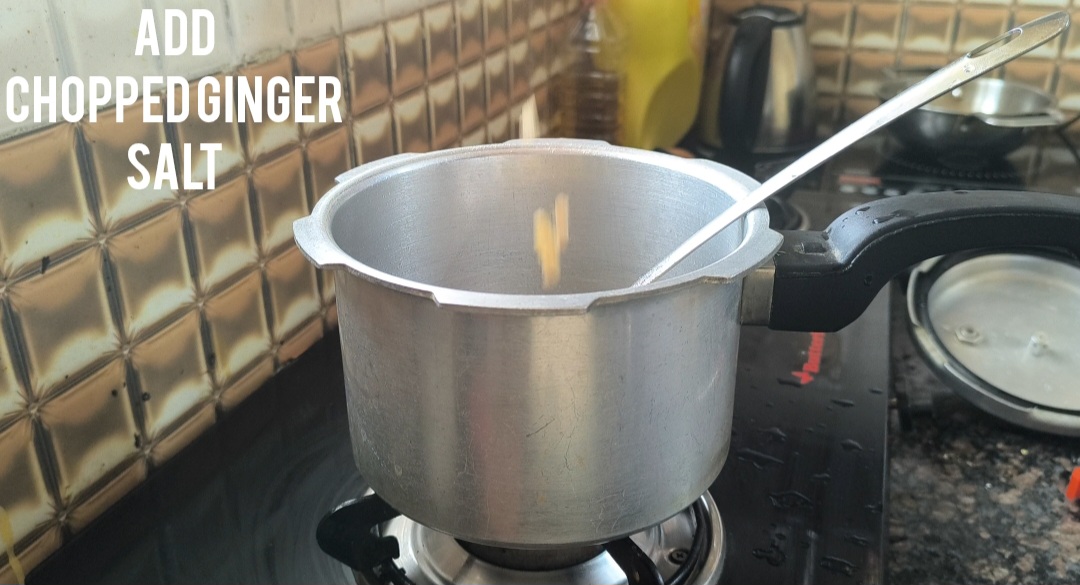
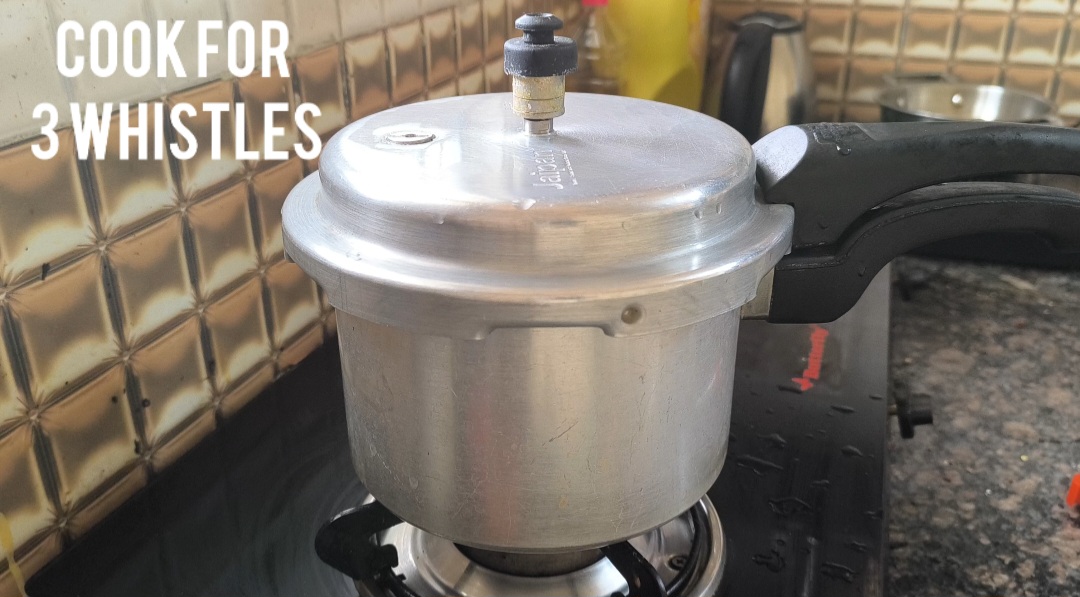
Step 5: Heat a pan and add oil, ghee, whole pepper, cumin seeds, cashew nuts, and curry leaves. Fry until the cashew nuts turn golden brown.
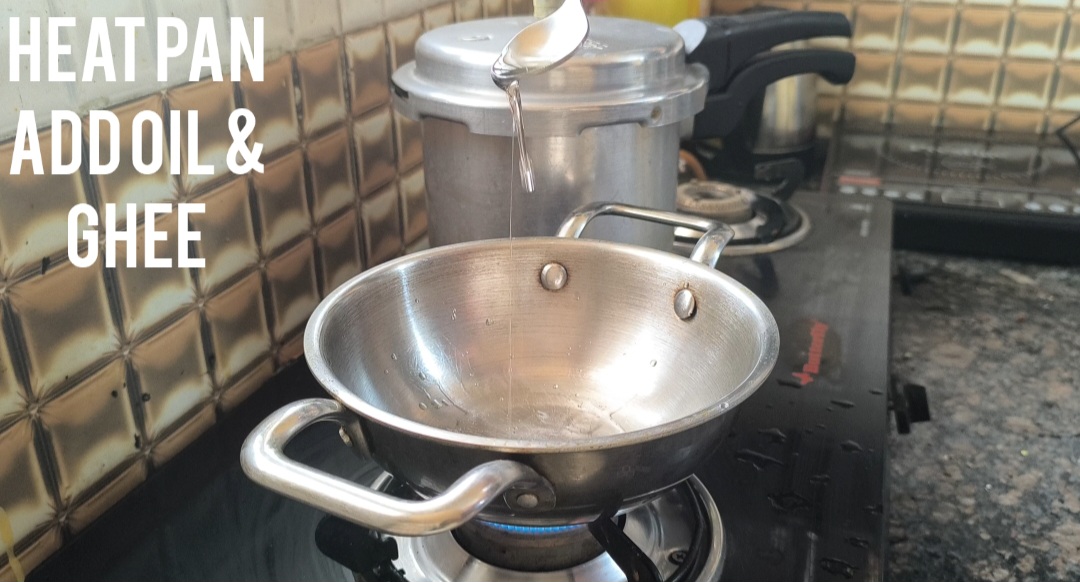
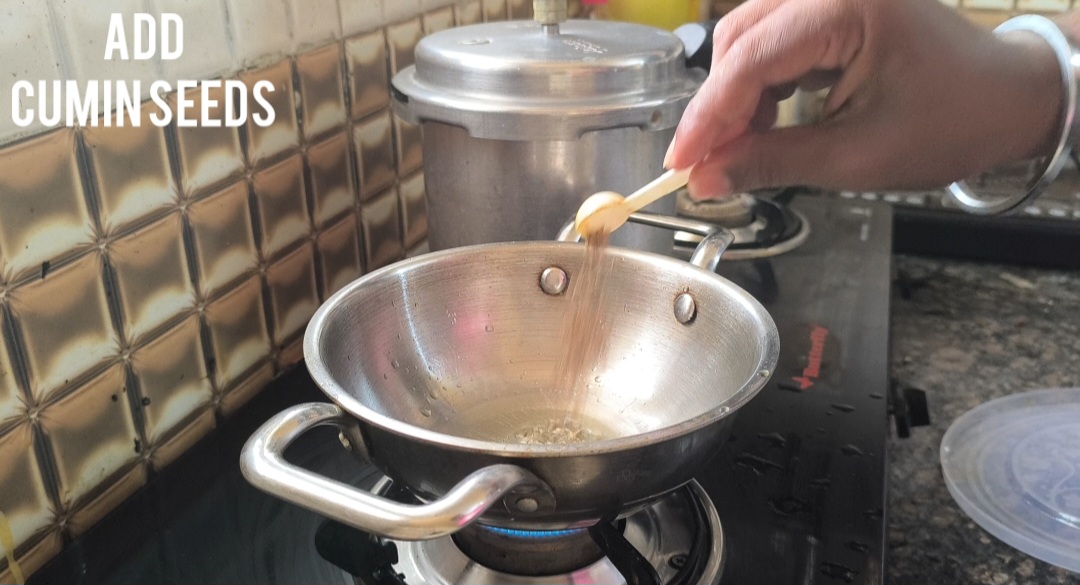
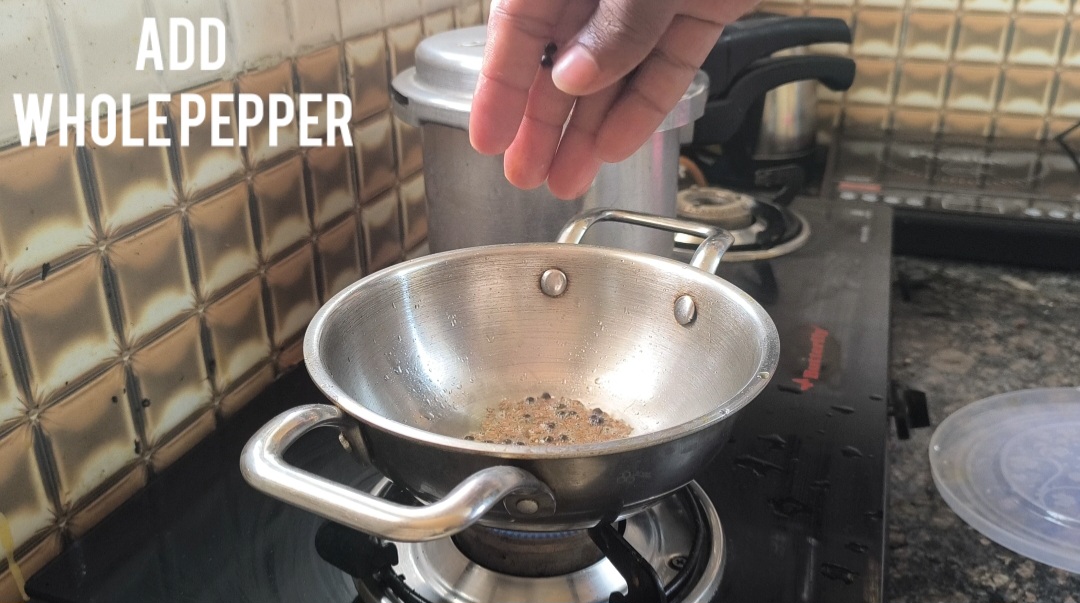
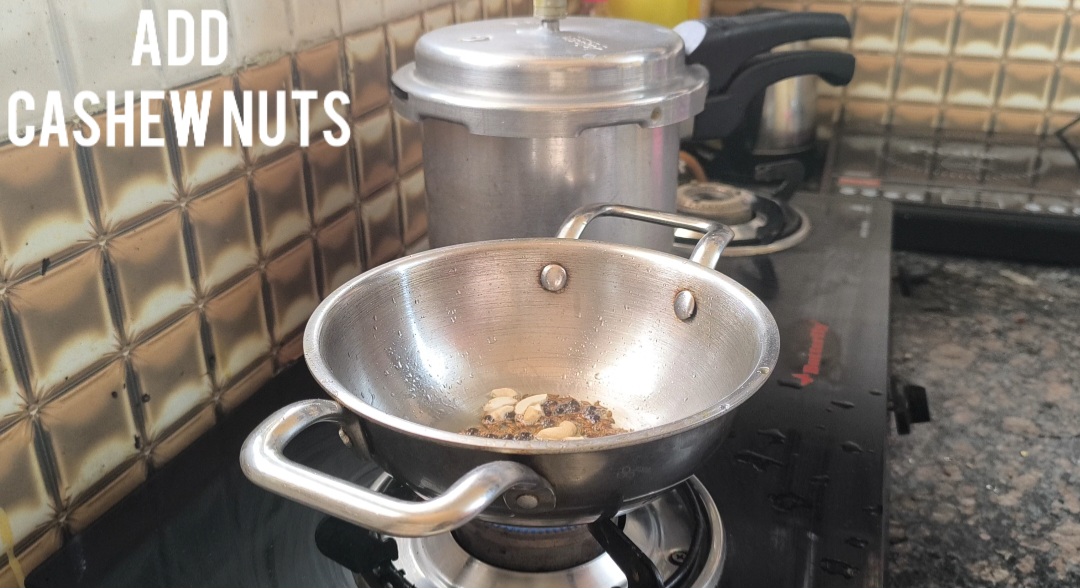
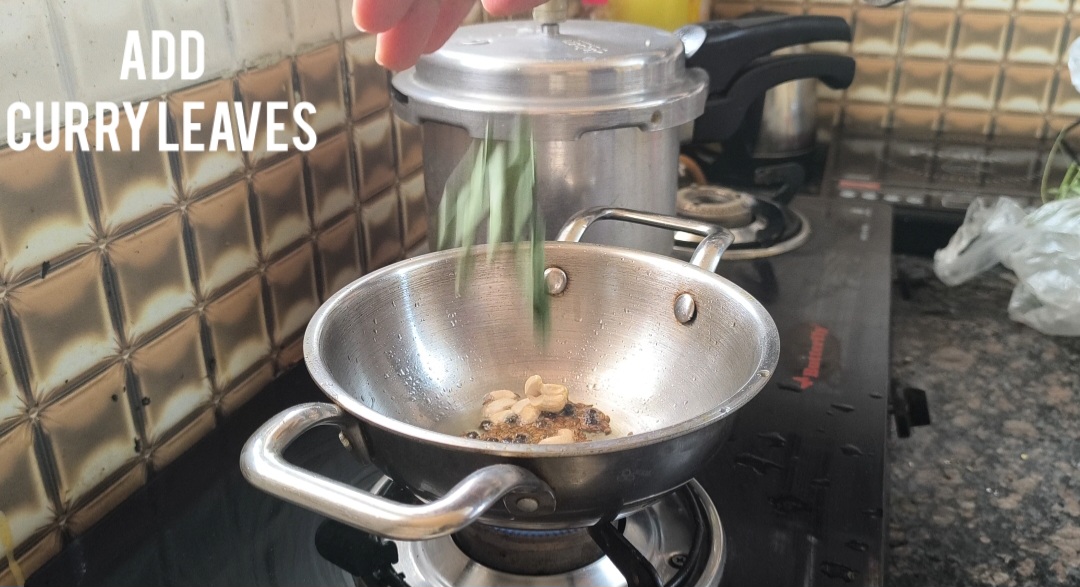
Step 6: Add the fried items in the pan to the rice and moong dhal cooker and stir.
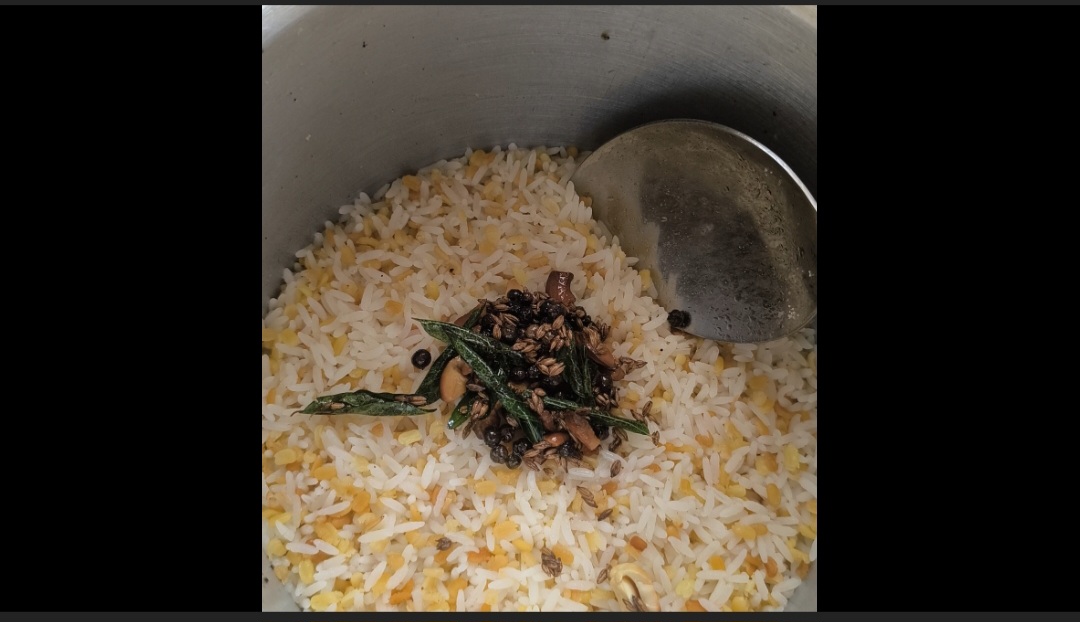
Delicious Pongal is now ready to serve! 😊
Health Benefits of Pongal recipe: A Nutritious and Balanced Meal
Pongal recipe, a traditional South Indian dish, offers numerous health benefits, making it a more nutritious and balanced meal. Typically made from rice and lentils, it combines complex carbohydrates and protein, providing sustained energy and promoting muscle health. The dish is often cooked with minimal oil and flavored with spices like cumin and black pepper, enhancing digestion and boosting metabolism.
High in dietary fiber, Pongal supports digestive health and helps regulate blood sugar levels, making it an excellent choice for individuals managing diabetes. The inclusion of ghee, often used in traditional recipes, adds healthy fats that can improve heart health when consumed in moderation.
Additionally, the Pongal recipe is versatile; it can be enriched with vegetables like carrots, peas, or spinach, increasing its vitamin and mineral content. Pongal enhances overall nutrient intake, contributing to better immunity and skin health.
Pongal recipe is also a comfort food, providing warmth and satisfaction, especially during colder months. Whether you enjoyed it as a breakfast dish or a light meal, its wholesome ingredients and flavors make it a good choice for those seeking a healthy, balanced diet. Incorporating Pongal into your meals lets you enjoy its delightful taste and various health benefits.
Pongal Accompaniments: Chutneys, Sambar
Pongal pairs wonderfully with coconut chutney and sambar, creating a delicious and nutritious meal.
Coconut chutney, made from freshly grated coconut, green chilies, and spices, adds a creamy and flavorful dimension to Pongal. Rich in healthy fats, coconut provides a satisfying texture while enhancing the dish’s taste. Adding herbs like cilantro and green chilies gives the chutney a refreshing kick, balancing the savory flavors of the Pongal.
Sambar, a dhal-based stew, perfectly complements Pongal. Its tangy and spicy elements create a delightful contrast to the mildness of Pongal, making each bite a culinary delight.
Together, coconut chutney and sambar elevate Pongal into a complete meal, rich in nutrients and flavors. This combination satisfies the palate and offers health benefits, making it a favorite in South Indian cuisine. Enjoying Pongal with these accompaniments is a comforting and wholesome experience, perfect for breakfast or any time.
Tips and Tricks for Perfecting Your Pongal Recipe
Perfecting your Pongal recipe involves simple tips and tricks that can elevate this traditional dish.
1. Choose the Right Rice and Dhal: Opt for short-grain rice like Ponni or Pacharisi, and use split yellow moong dal for a creamy texture. A good ratio is 2:1 rice to dhal.
2. Soaking: Soak the rice for at least 30 minutes before cooking. Soaking helps in achieving a softer, more cohesive texture.
3. Cooking Technique: Use a pressure cooker for quicker cooking. Add sufficient water (about 3 cups for 1 cup of rice) to ensure a creamy consistency.
4. Spices: Temper spices like cumin, black pepper, and ginger in ghee before adding them to the mixture. Adding spices releases their essential oils, enhancing the flavor profile.
5. Ghee: Incorporate a generous amount of ghee for richness and aroma. Adding ghee not only adds flavor but also makes the Pongal more comforting.
6. Finishing Touches: Garnish with cashews for added texture and nutrition.
Following the above tips, you can create a perfectly balanced and flavorful Pongal that delights the senses and honors tradition. Enjoy!
Read related Articles
Delicious Egg Fry Recipes Unlocking the Secrets to Simple, Perfectly Crispy, and Flavorful Eggs
Nutritional chart for a typical serving of Pongal (about 1 cup or 200 grams)
A general nutritional chart for a typical serving of Pongal (about 1 cup or 200 grams) made with rice and moong dal. Nutritional values can vary, so this is an approximate guide:
| Nutrient | Amount per Serving |
| Calories | 250-300 kcal |
| Protein | 8-10 grams |
| Carbohydrates | 45-50 grams |
| Dietary Fiber | 4-6 grams |
| Total Fat | 5-7 grams |
| Saturated Fat | 2-3 grams |
| Cholesterol | 0 mg |
| Sodium | 10-20 mg |
| Potassium | 200-250 mg |
| Calcium | 10-20 mg |
| Iron | 1-2 mg |
| Vitamin A | 5-10% of RDI |
| Vitamin C | 0% of RDI |
Calories and Macronutrients: These can vary significantly based on the ghee or oil used, the specific type of rice and lentils, and any added vegetables or spices.
Dietary Fiber: Pongal’s fiber content benefits digestion and can help manage blood sugar levels.
Garnishes: Adding items like cashews or coconut can alter the nutritional profile.
Always consider personal dietary needs and consult a nutritionist for tailored advice!
Conclusion: Enjoy the Authentic Flavors of Pongal
In conclusion, Pongal is a delightful representation of South Indian cuisine, offering comforting flavors and nutrition. Paired with coconut chutney and sambar, it becomes a complete meal that celebrates tradition. Enjoying Pongal is about nourishment, connecting with culinary heritage, and savoring authentic flavors.
Explore more Articles
Ven Pongal recipe by Swasti’s recipes
No products found.

Welcome to Merge Blog!
Dive into quick, nutritious recipes, expert health tips, local food finds, and the latest in nutrition. Let’s explore healthier living together!

I’m Divya Bharathi, the person behind MergeBlog. I’m a passionate food enthusiast sharing simple, nutritious recipes and tips for a balanced lifestyle. Join me on this delicious journey!
Divya Bharathi
SUBSCRIBE & FOLLOW
MUST-READ ARTICLES
Join the Newsletter
Dive into quick, nutritious recipes, expert health tips, local food finds, and the latest in nutrition. Let’s explore healthier living together!
